mirrorless
Latest

How to buy a mirrorless camera lens in 2020
If you've decided to take the plunge and buy a new mirrorless camera, possibly ditching your DSLR, you now have another decision: What lenses do you need? That decision could have a large impact on how your photos or videos look and what kind of shooting you can do. And this is no simple decision. You have to consider sharpness, distortion, speed, prime or zoom and, most important, price. In this guide, I'll touch on all that and look at some of the best lenses for Sony, Canon, Nikon, Fujifilm and Micro Four Thirds mirrorless cameras.

How to buy a mirrorless camera in 2020
Two crucial things happened in the camera world in 2019: mirrorless cameras took over from DSLRs and the industry as a whole had its worst year in a decade. So what does that mean for you, the potential camera buyer? Manufacturers are pulling out all the stops to lure you away from your smartphone, so a lot of great new mirrorless cameras have come out in the last year. And, as Canon just announced, more exciting models are on the way.
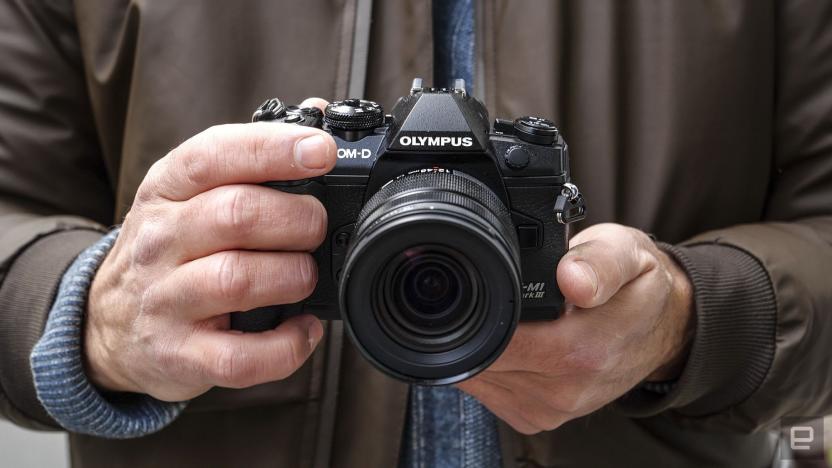
Olympus E-M1 III review: Fast, but way behind flagship camera rivals
Amid the excitement of so many new and interesting camera models, one company has been left out of the discussion: Olympus. Unlike its main rival, Panasonic, it has stuck to the Micro Four Thirds sensor and not jumped on the full-frame bandwagon. And while it released the larger, more professionally oriented E-M1X camera, it didn't represent a major upgrade on the 2016 E-M1 Mark II model. Now, Olympus finally has a genuine successor. Like the E-M1X, the E-M1 Mark III promises even more speed and top-notch in-body stabilization, this time all packed into a much smaller and even more rugged body. Disappointingly, though, it has the same 20.4-megapixel sensor as before, and for an $1,800 camera, it's lagging behind rivals from Sony, Panasonic and Fujifilm in certain features. On top of that, Olympus has had a tough time financially of late. I'm in Costa Rica with the E-M1 Mark III, and I'm going to find out if Olympus is doing enough to survive.

Sony A6100 review: Incredible autofocus performance for a budget camera
Despite all the talk about full-frame mirrorless cameras lately, APS-C is still extremely important for Sony. The A6000 in particular was a huge hit, thanks to the combination of good performance, features, compact size and price. The 24.2-megapixel A6100 has the difficult job of replacing that classic, which came out way back in 2014. At that time, very few cameras could compete with Sony, but in 2020, the A6100 has some serious rivals, especially APS-C models from Canon and Fujifilm. Sony has gradually refreshed its APS-C lineup, with the A6100 the last model to come, following the A6400 and A6600 -- neither of which I was terribly impressed with. Both have world-class autofocus systems but otherwise failed to keep up with rivals. At prices as low as $600, however, the A6100 has wider market appeal and less competition.
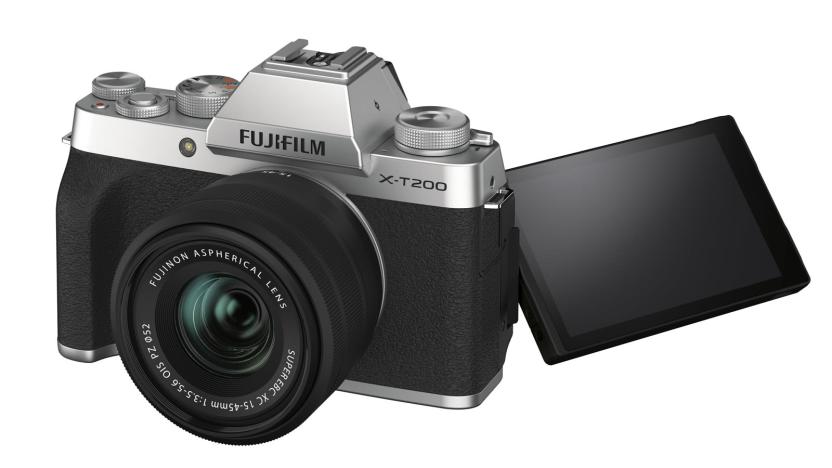
Fujifilm's X-T200 mirrorless camera uses gyros for ultra-stable video
Fujifilm is taking a slightly unusual tactic to replacing its entry-level X-T100 mirrorless camera: make the sequel indispensable to video makers. Its just-introduced X-T200 still shoots 24.2-megapixel stills, but it now captures 4K video using a "Digital Gimbal Function" (really, gyro sensors) that promises extra-stable footage -- it smoothes the video "even further" than what you'd expect from a smartphone, Fujifilm claims. Whether or not that's true, you can expect HDR in both video and stills to bring out more detail in high-contrast situations.

Fujifilm X-Pro3 review: One peculiar camera
Fujifilm has never been afraid to create unusual cameras, with the fixed-lens X-100F compact being a great example. But the X-Pro has always been its most unusual series, and the latest model, the $1,800 X-Pro3, is perhaps the weirdest one so far. It still has a hybrid optical/electronic viewfinder as before. However, Fujifilm has now taken the idea of being "in the moment" to a new extreme with the rear display. Under normal use, you can't even see it to compose or check photos. Instead, it shows either your camera settings or the type of film simulation and ISO, like an old-school film camera. Besides that, it shares the sensor and a lot of other features with the X-T3, so why not just get that camera instead? To find out what makes the X-Pro3 so unique, let's take it out into Paris to see what it can do.

Nikon Z50 review: A great handling camera with a mediocre sensor
Today's camera landscape is ultra-competitive and not terribly lucrative, so it takes a lot of guts to launch a new system. Nikon has done that (again) with the 20.9-megapixel Z50, its first ever APS-C mirrorless camera. Unlike rival Canon, Nikon decided to use the same Z mount lens system for both its full-frame and APS-C mirrorless cameras, a decision that has been surprisingly controversial. Nikon doesn't have the luxury of slowly perfecting its mirrorless lineup like Sony did five or six years ago. The market is mature now and the Z50 is going up against formidable models in its price range, including Sony's A6400, the Canon M6 Mark II and Fujifilm's X-T30. In an early hands-on look, I was impressed by the Z50's ergonomics and its petite size. Now, let's see how it stacks up against the competition in the crucial areas of autofocus, image quality and 4K video features.

Nikon Z6 and Z7 owners can now pay $200 to add RAW video capture
It took a while, but Nikon has finally delivered 12-bit external RAW video recording for its Z6 and Z7 full-frame mirrorless cameras, along with new storage options. Starting today, owners will be able to bring those cameras into any authorized Nikon service center and pay $200 to get the upgrade. After that, they'll be able to record 12-bit RAW video via the HDMI connector to select Atomos video recorders.

Panasonic S1H review: Production quality video in a mirrorless camera
The day that it came out, Panasonic's S1H shot to the top of filmmakers' lists of must-have mirrorless cameras for video. The company's GH5 was already a hugely popular camera among vloggers and videographers, and the S1H is much like that model, on steroids. It has a dual-ISO, 24.2-megapixel full-frame sensor that lets you shoot 60 fps, 4K and even 6K video. Better still, it recently became the first-ever mirrorless camera approved for Netflix productions. The fact that it's been poked and prodded by Netflix means you can be confident about the video quality. Still, I was very curious, and I'm sure you were, too, to see what else the S1H can do. At $4,000, it's expensive for a consumer camera, but for TV and film producers, it will actually be a tempting low-budget option -- especially given the artistic possibilities of a full-frame sensor. With a flip-around screen, vloggers with some money (and muscle, because it's heavy) will be looking at this big camera, too. All that said, the S1H is expensive and there are lot of other options in its price range. To see what it's capable of, I brought it into Paris to shoot (a lot of) video and take some photos, too.
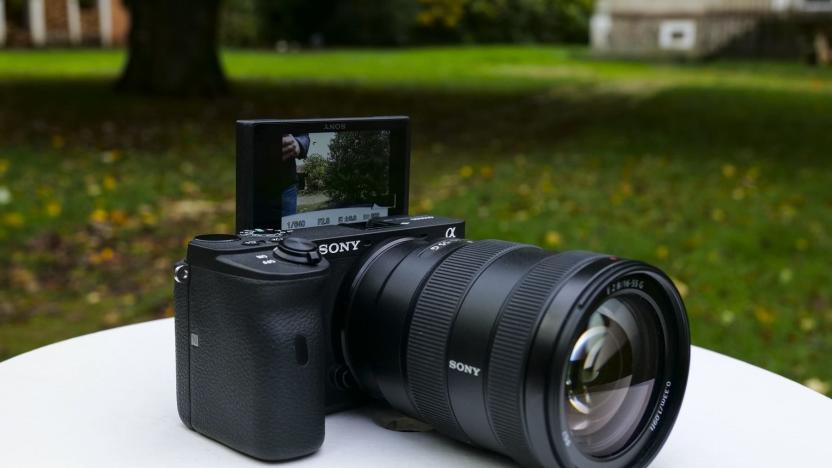
Sony A6600 review: A rare misstep for Sony's cameras
As Sony's new flagship APS-C camera, the 24.2-meagpixel A6600 has a lot to live up to. First of all, it had to follow the A6500, launched in 2016 with innovative features like 4K 30 fps video, fast 11 fps shooting speeds, in-body stabilization and face- and eye-tracking. For a couple of years, nothing else on the market could touch it. What's more, the A6600 arrived just after Sony's 61-megapixel A7R IV full-frame mirrorless camera -- possibly the best camera I've ever seen. From a competition standpoint, Sony is also under pressure to top Fujifilm's X-T3, which has a higher-resolution sensor, more 4K video features and much better handling than the A6500. The A6600 has in-body stabilization, a key feature that its rivals lack, and packs other promising features like a bigger grip and battery, along with improvements to its famous AI-powered autofocus system. However, Sony did not upgrade the three-year old sensor. Can it can hold its own against its full-frame stablemates? Can it beat the X-T3?
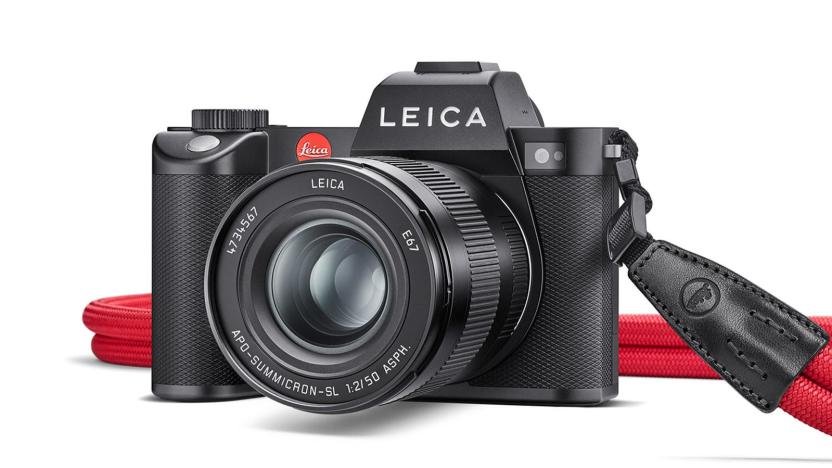
Leica's full-frame SL2 mirrorless camera has 5K video and higher resolution
Leica has unveiled the SL2, the new flagship of its full-frame mirrorless system, and it has been improved in nearly every way over the original SL. That includes a new body, 47 megapixel sensor, a Maestro III processor and menu system, improved electronic viewfinder/touchscreen and pretty incredible new video capabilities. To get all these features, Leica appears to have used the sensor and guts from the S1R built by its L-Mount partner Panasonic.
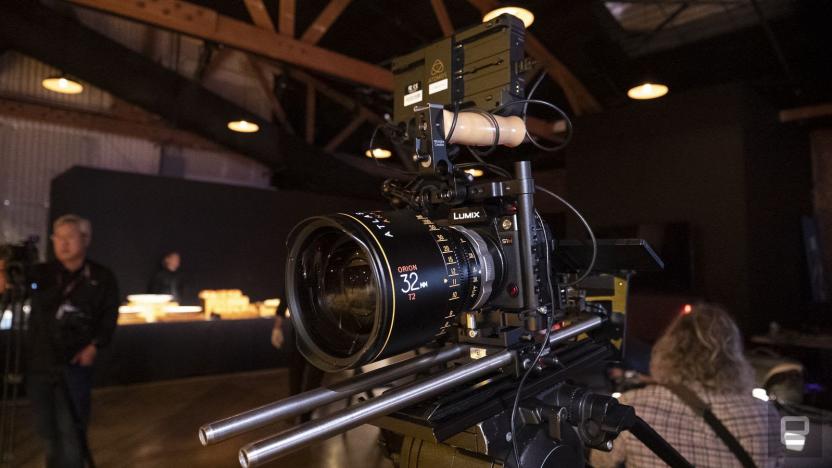
Panasonic's S1H is the first mirrorless camera approved by Netflix
Panasonic's latest full-frame S1H has become the first mirrorless camera certified for Netflix productions, as part of the streaming company's Post Technology Alliance. Production units are allowed to use it as a main camera shooting in either DCI 4K (4,096 x 2,160) or Ultra HD (3,840 x 2,160) resolutions. That gives Panasonic's fledgling full-frame S1 lineup a boost of prestige, and filmmakers a relatively inexpensive way to create Netflix shows.

Canon M6 Mark II review: Incredible performance from a flawed flagship
The newest addition to the Canon lineup is the EOS M6 Mark II APS-C mirrorless camera, proving that the company isn't just about full-frame EOS R cameras. The M6 II is now the flagship in the EOS-M series, replacing both the M5 and M6 models. The most impressive part of the M6 II is the all-new 32.5-megapixel sensor, making it the highest-resolution crop-sensor camera you can buy. It also delivers some of the fastest shooting speeds I've seen on any mirrorless camera. And to keep those shots sharp, you get updated autofocus tech with Canon's impressive Dual Pixel system, along with face- and eye-detection. Unlike the previous M6 model, it delivers full-sensor, rather than cropped, 4K, making it more useful for videoographers and vloggers. It's priced competitively with rival models like Sony's A6400, the Fujifilm X-T30 and Nikon's first-ever APS-C mirrorless model, the Z 50. However, despite the impressive specs, the M6 Mark II is also hobbled by the lack of some key features.
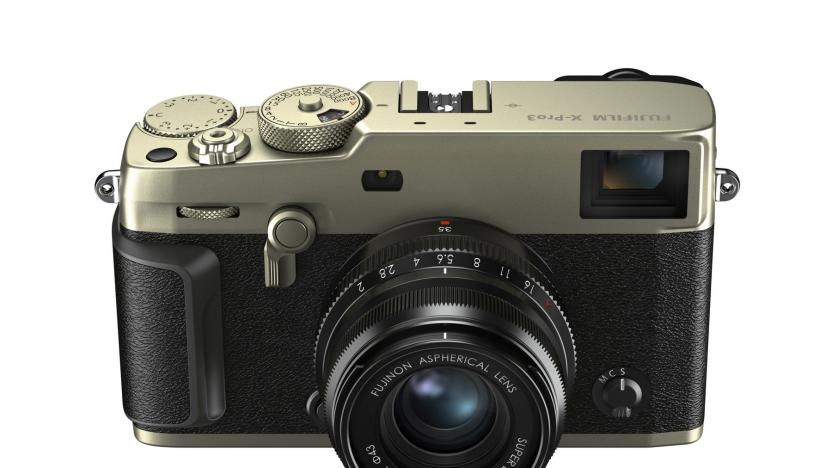
Fujifilm's X-Pro3 can focus in almost complete darkness
Fujifilm has officially unveiled the X-Pro3, the latest in its esoteric X-Pro lineup aimed at street photographers and photojournalists. Teased last month, it has a number of eccentric features, including a 3.5-inch, 1.65-million dot rear display that you can't even see without flipping down. Otherwise, it only shows the shutter speed, aperture and other basic information, or the film simulation if you're using one. The idea is to free the photographer from distractions and help them "stay in the moment," as Fujifilm puts it. "With your mind and your eye always on the scene in front of you rather than the scene you've just shot, you can find a connection not just with your subject, but also with your art," the company wrote in a press release.

Olympus' OM-D E-M5 Mark III camera is small and shoots fast
While other companies are touting full-frame and compact APS-C cameras, Olympus is still squarely in the Micro Four Thirds camp. With launch of its latest mirrorless camera, the company is playing to the strength of that smaller format: speed. The 20-megapixel OM-D E-M5 Mark III can shoot at up to 6 fps with continuous autofocus and the mechanical shutter, 10 fps with the electronic shutter enabled, and 30 fps with no autofocus -- nearly double the speeds of the last model.

Hands-on with the Z 50, Nikon's first mirrorless APS-C camera
Nikon has unveiled its first-ever APS-C DX mirrorless camera, the 20.8-megapixel Z 50. That makes two different camera systems launched a year apart, which is quite a pace for a conservative company like Nikon. The Z 50 is less than half the price of the Z 6, so it should appeal to a broader market, especially folks who already own Nikon DSLR lenses. Nikon now has both full-frame and crop sensor mirrorless systems, just like its rivals Canon and Sony. Just over a year ago, it essentially had zero, not counting the moribund Nikon 1. The company decided to follow Sony's lead by using the same mount for both systems to allow for lens compatibility and because the large diameter allows it to build sharper glass, according to a Nikon spokesperson. Meanwhile, Canon uses two different mirrorless mounts (EOS R and M mount) that aren't compatible with each other.

Sony A7R IV review: 61 megapixels of pure camera power
Sony changed the camera landscape with its popular and powerful A7 and A9 full-frame mirrorless lineup, forcing its rivals to adapt or die. Now that its camera series does have some competition, Sony's response is the A7R IV, a 61-megapixel camera that trounces its mirrorless rivals in terms of resolution. It's also loaded with the latest AI-powered eye autofocus (Eye-AF) F image processing, an electronic viewfinder and in-body stabilization technology. Sony also aimed to please demanding pro users by making the A7R IV tougher and easier to handle than previous models. On paper, this looks like it should be a top pick for anyone looking for a high-resolution camera, especially as it's reasonably priced against rivals. Now, let's see if it measures up to that in the field, where it counts.
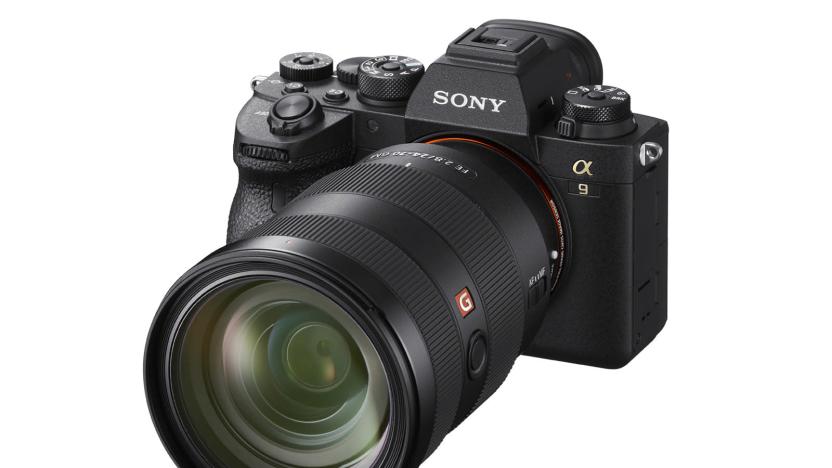
Sony's A9 II mirrorless camera has faster, smarter autofocus
Most photographers loved the speed of Sony's full-frame A9, but were less fond of the handling and durability. With today's launch of the Alpha A9 II full-frame mirrorless camera, Sony has addressed a lot of those issues. It has the same unbeatable shooting speeds as before, but is more rugged and weatherproof thanks to a new, anti-shock shutter and better seals and covers. At the same time, a redesigned grip makes it easier to handle, especially if you're shooting for hours with a long telephoto lens.

Canon unveils the EOS M200 with 4K video and eye-detect AF
Canon has unveiled the entry-level EOS M200 mirrorless camera, a successor to the popular EOS M100 with some interesting new features. While it retains the same 24.1-megapixel APS-C sensor as the last model, it has an updated Digic 8 processor. That extra power unlocks two important new features: Dual Pixel eye-detect autofocus and 4K, 24p video (with a big caveat).
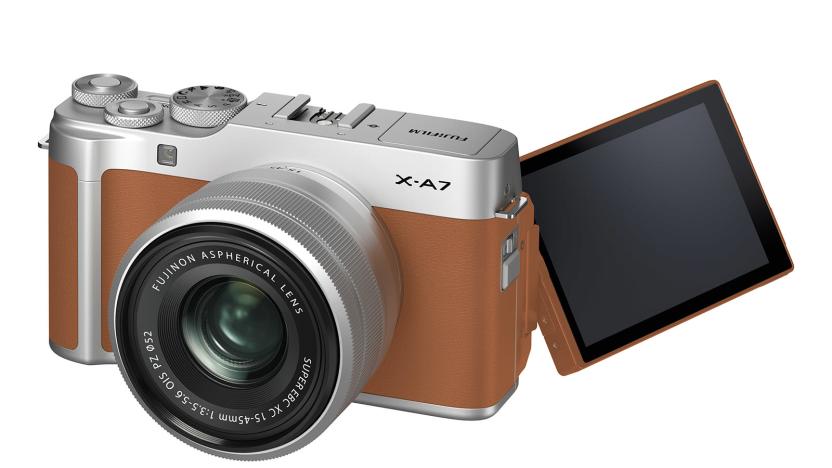
Fujifilm's entry-level X-A7 comes with 4K video and face detection
Fujifilm has unveiled the entry-level X-A7 with some key new features that make it a nice upgrade over its predecessor, the X-A5. It packs Fujifilm's latest 24.2-megapixel CMOS sensor and has 8.5 times as many phase-detect pixels as its previous entry-level model, the X-A5, for starters. That gives it much faster autofocus speeds and quick face detection, though burst shooting speeds remain at 6 fps.

